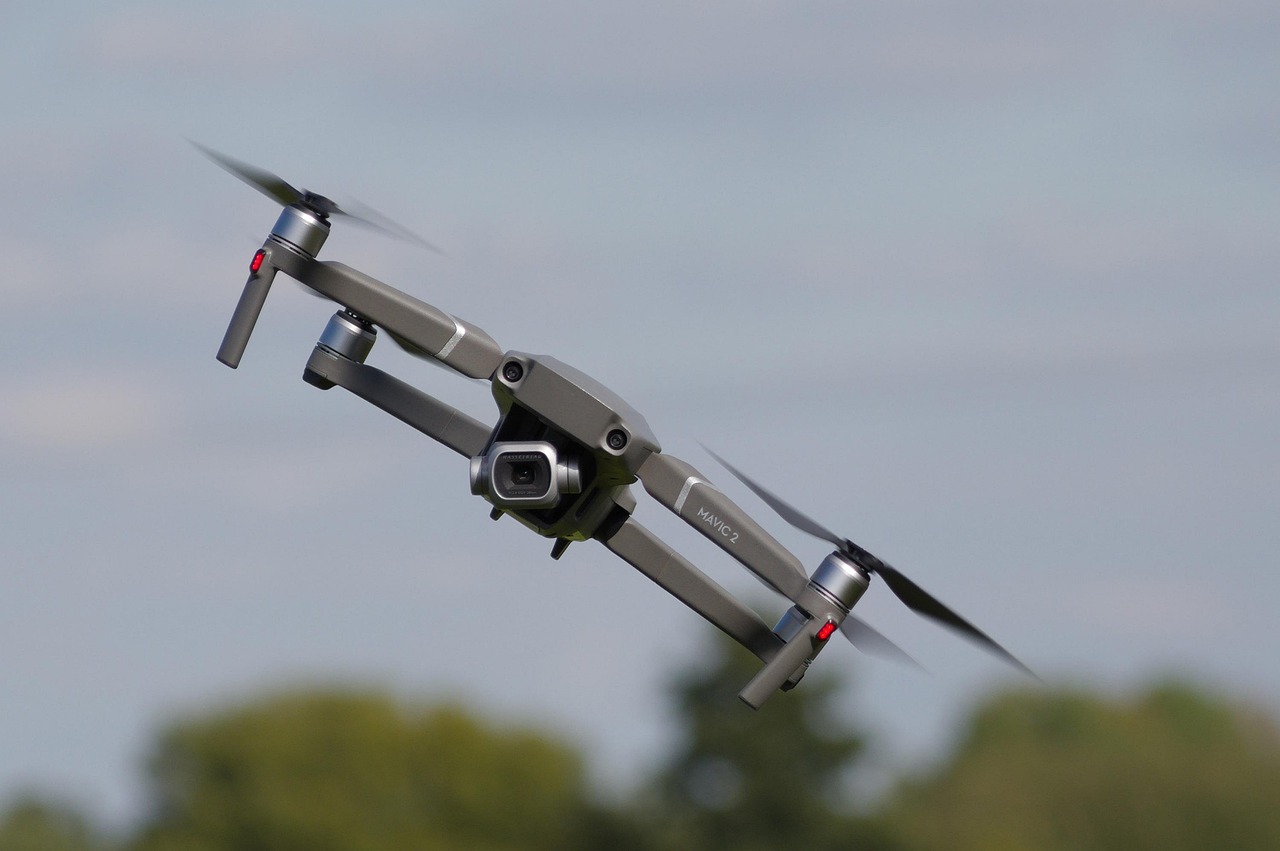The drone industry has undergone a revolutionary transformation, evolving from a niche hobby into a critical tool that’s reshaping numerous industries. This evolution represents one of the most significant technological shifts in recent years, impacting everything from cinematography to industrial inspection.
Today’s consumer drones pack an impressive array of technologies that would have seemed like science fiction just a decade ago. Obstacle avoidance systems now utilize multiple sensors, including visual, ultrasonic, and infrared, to create a comprehensive awareness of the drone’s surroundings. This multi-sensor approach, combined with advanced processing units, enables drones to navigate complex environments autonomously while maintaining stable flight patterns even in challenging weather conditions.
Flight control systems have become incredibly sophisticated. Modern drones can maintain perfectly stable hover positions using a combination of GPS, visual positioning systems, and inertial measurement units. This stability has enabled new applications, from precise architectural inspections to detailed agricultural monitoring. Advanced flight modes now include AI-powered tracking that can follow subjects while automatically avoiding obstacles, creating cinematic shots that would have required an entire film crew in the past.
Camera technology has seen particularly impressive advancement. Professional-grade drones now carry sensors that rival traditional cinema cameras, with some capable of capturing 8K footage with 14 stops of dynamic range. Interchangeable lens systems allow for creative flexibility, while advanced stabilization systems combine mechanical gimbals with electronic image stabilization to produce incredibly smooth footage even in challenging conditions.
Battery technology, long considered the limiting factor in drone operations, has seen significant improvements. New lithium polymer battery formulations, combined with more efficient motors and propellers, have extended flight times dramatically. Some professional models can now stay airborne for over 40 minutes, while intelligent battery management systems provide accurate remaining flight time estimates and automatic return-to-home functions when power runs low.
The commercial applications of drone technology have expanded exponentially. In agriculture, drones equipped with multispectral cameras can assess crop health, monitor irrigation, and even perform targeted spraying of fertilizers or pesticides. Construction companies use drones for everything from initial site surveys to progress monitoring and final inspection, with 3D mapping capabilities that can create detailed digital twins of construction sites.
Infrastructure inspection has been revolutionized by drone technology. Power line inspections that once required helicopters and posed significant risks to workers can now be performed safely and efficiently using drones equipped with thermal and high-resolution cameras. Oil and gas companies use similar systems to inspect pipelines and offshore platforms, while mining operations employ drones for volumetric calculations and safety inspections.
The integration of artificial intelligence has opened new possibilities. Drones can now perform autonomous missions with minimal human intervention, from security patrols to inventory management in large warehouses. Machine learning algorithms can process drone-captured data in real-time, identifying anomalies or potential issues that require human attention.
Search and rescue operations have been transformed by drone technology. Thermal imaging cameras mounted on drones can spot missing persons in darkness or difficult terrain, while long-range drones can quickly survey large areas during natural disasters. Some models are even equipped with payload delivery systems that can drop emergency supplies to stranded individuals.
Delivery drones are moving from experimental projects to operational reality. Major retailers and logistics companies are developing drone delivery networks, with some already operating in limited areas. These systems promise to revolutionize last-mile delivery, particularly in rural or hard-to-reach areas.
However, the industry faces ongoing challenges. Regulatory frameworks struggle to keep pace with technological advancement, particularly regarding autonomous flight and beyond-visual-line-of-sight operations. Privacy concerns and airspace management issues continue to shape the development of drone technology and its applications.
The future of drone technology looks even more promising. Development continues in areas such as improved battery technology, advanced autonomous capabilities, and more sophisticated sensors. New applications emerge regularly, from environmental monitoring to urban air mobility concepts.




